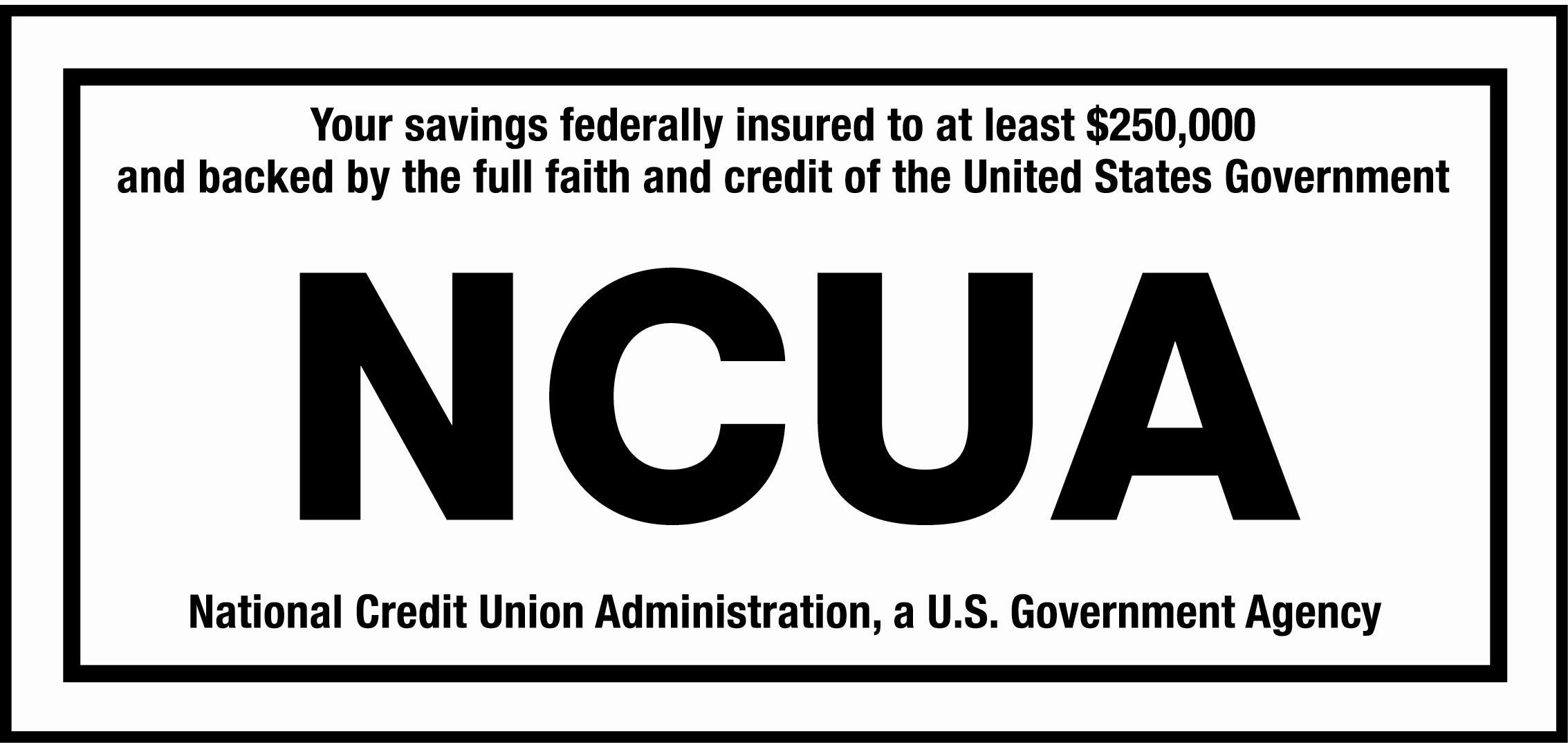Q: It seems like everyone is talking about the stock market hitting an all-time high of 22,000. What does that mean, in real-world terms? Is that a good thing?
A: The stock market can be confusing and seem overwhelming. If you’re not completely clear about the stock market, stock exchange, the Dow Jones Industrial Average, etc. – you’re not alone. Let’s start with a brief explanation of what the stock market is.
1.) What is the stock market?
The stock market is where stocks and bonds are bought and sold. When you purchase stock, you become a shareholder, which means you now own a “share” of the company (much like you are an owner of shares at your credit union). If the company’s profits go up, the value of your shares goes up. If the company’s profits go down, so does the value of your shares. When a company needs to raise money, it issues shares. The price of the share is based on how much the company is estimated to be worth, and how many of the shares are being issued. the company gets to keep all of the money raised in the initial sale of shares. Traders and investors continue to buy and sell the stock of the company on the stock exchange, although the company itself no longer receives any money from this type of trading.
2.) Why do stocks continue to be traded once they’re purchased?
Traders and investors continue to trade their purchased stocks because the perceived value of the company changes over time. The investors may make or lose money depending on whether or not their predictions on the value of the stock are correct or not. Trying to predict which stocks will rise or fall in value, and when, can be tricky. The ultimate goal of buying stock is to make money by purchasing stocks in companies you expect will do well and increase in value.
3.) What are the stock exchanges?
Stock exchanges are the markets where buyers connect with stock sellers. The two most common stock exchanges in the United States are the New York Stock Exchange (NYSE) and the NASDAQ. The NYSE is primarily auction-based, which means the trading facilitators are physically present on the trading floor. The NASDAQ is an electronic exchange where buyers and sellers are connected over a telecommunications network. Companies listed on either of these exchanges must meet various minimum requirements and baseline rules. But they are by no means the only legitimate exchanges. Electronic communication networks (ECNs) connect buyers and sellers directly, cutting out the trade facilitator. There are also Over-the-Counter exchanges (OTCs). OTC markets generally list small companies, and these companies often (but not always) have been placed on the OTC market because they were delisted from NASDAQ.
4.) What is the Dow Jones Industrial Average?
The Dow Jones (aka, Dow) is a U.S. stock market index composed of 30 large public companies such as Disney, Wal-Mart, Coca-Cola and Pfizer. it is calculated by adding up the 30 companies’ stock prices and then dividing by a magic number called the Dow Divisor. the divisor is adjusted to account for stock splits, dividends or spin-offs, which affect the share prices of Dow components.
On Aug. 2, 2017 the Dow Jones Industrial Average hit 22,000 for the first time in history. The reason for this jump could be due, in part, to several factors:
- Low unemployment, steady GDP growth and other economic indicators point to a still-improving economic climate, encouraging optimism. This all leads to more investment and spending
- The Federal Reserve has increased interest rates three times since December, another reason to be optimistic about the economy.
- Companies have been earning higher profits and expect to earn more in the future as the economy improves and business and consumer spending increase.
5.) What does the Dow reaching 22,000 mean for me?
On the surface, not much. The number 22,000 itself is a relatively meaningless milestone. It will simply become a new trading level that in no way guarantees an improving economy or a declining unemployment rate.
What is relevant, though, is the trend this number represents. The Dow has reached 30 record highs this year, leading some investors to fear that this latest milestone could be a market top, as stock prices are likely too high for the current economic environment to support. Others believe this trend will continue.



